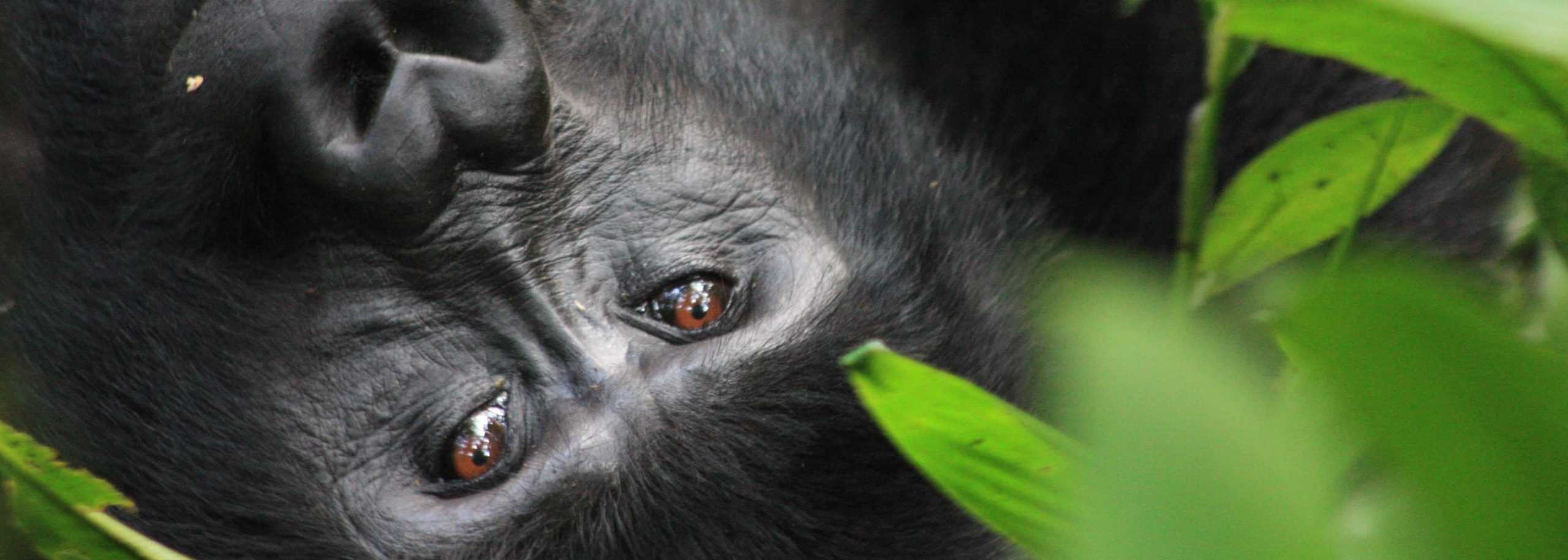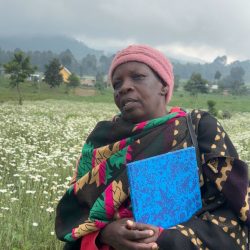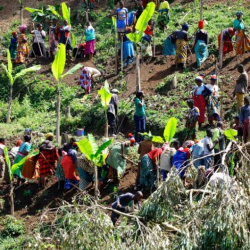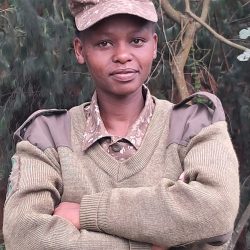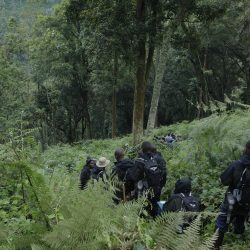FIRST SWEEP OF THE MOUNTAIN GORILLA CENSUS WRAPPED
Blog | 8/07/25

“The teams did great! They completed the first sweep within the specified time with no errors. They collected the right amount of samples and labelled each tube correctly” says Dr. Ricky Okwir Okello, Senior Veterinarian at Gorilla Doctors.
On 21st April 2025, the first teams entered the forest from the East most part of the park, Ndeego area to commence the data collection of the mountain gorilla census in the Bwindi – Sarambwe ecosystem. And since then, 6 teams comprising of 33 people have been working on a two-week rotational basis to collect fecal samples/ data for the census until the 7th of July 2025 when the teams completed the 5th phase of the 1st sweep and exited the forest to rest.
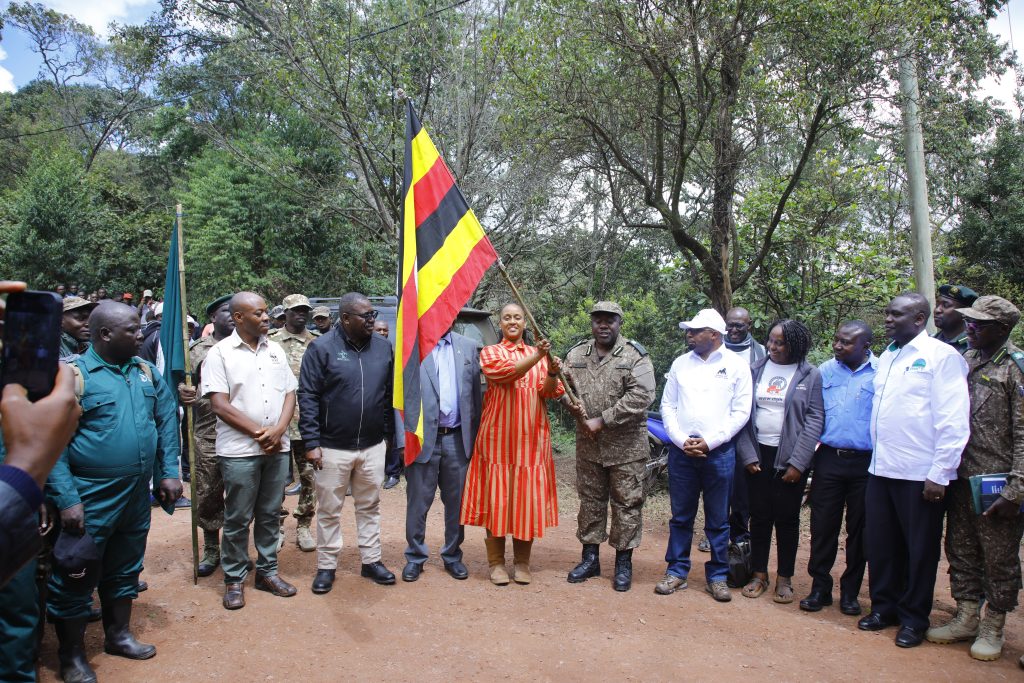
Ismael Bakebwa a census team leader, says the teams were excited, proud and fatigued at the same time; proud that they had done a good job over the last 11 weeks that will provide a good estimate of the gorilla numbers in Bwindi; excited that they were going to finally have meaningful rest before the second sweep starts and fatigued from canvassing the forest in search of gorilla signs and collection of samples.
According to Dr. Denis Babaasa, Director of the Institute of Tropical Forest Conservation (ITFC) the first sweep of the mountain gorilla census went well “No injuries, no sicknesses or attacks/scares from wild gorilla groups or other wildlife were reported” says Dr. Denis.
Even though the census went well, Dr. Denis says the census wasn’t without challenges. “Census logistics are challenging; they are big and complex. It is not easy ensuring that over 40 people in the forest are supplied with enough nutritious food and other supplies weekly” Dr. Denis says. According to Dr. Denis, because the census is tedious, the teams need adequate portions of nutritious food to eat daily, and a stable supply of their other day-to-day camp needs like fuel for the generators, firewood, batteries, among others. Thanks to the local community, that makes this possible. Dr. Denis says about 50 community members enter the forest weekly to take supplies to the census camps.
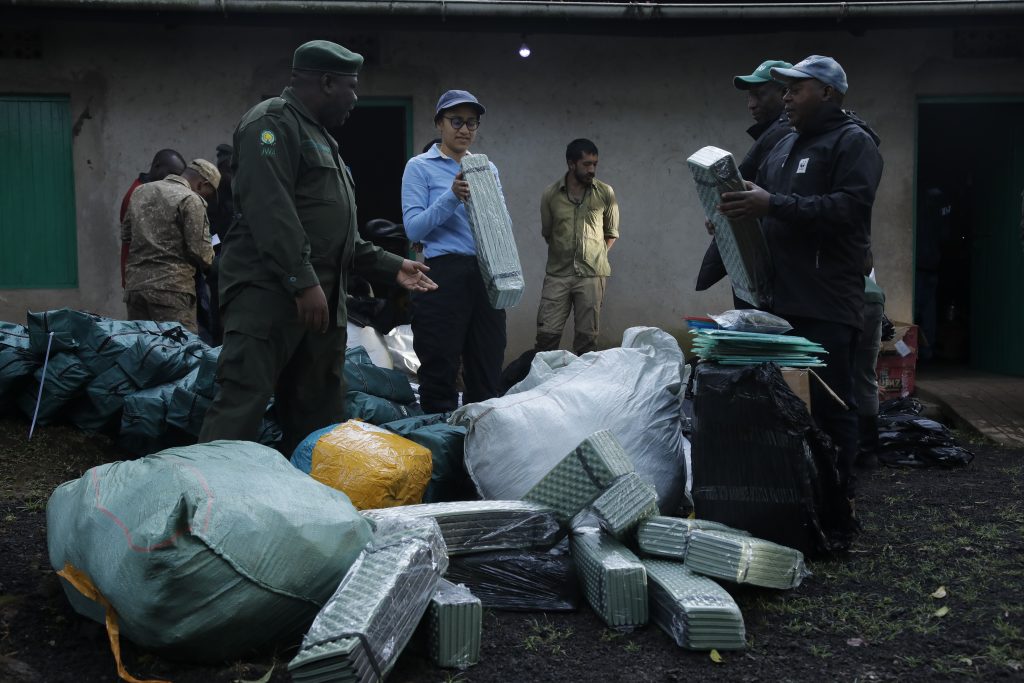
ITFC is in-charge of the logistics for the 2025 Bwindi – Sarambwe mountain gorilla census.
Census fieldwork is conducted in two sweeps. The survey is conducted twice across the entire habitat within a specified period. Census teams comb the entire place twice to ensure that there’s enough data to calculate a robust estimate of the gorilla population. Whereas the first time is for establishing the number, the second is usually to reconfirm the number registered in the first count and to also capture what was missed or probably new ones.
Commenting on the period of the first sweep, Dr. Denis says this year’s first sweep lasted longer than previous censuses because of the modification done to the process “We adjusted the interval between reconnaissance trails from about 500m to 400m apart in the hope that it will allow for thorough coverage of the forest. In executing this, the teams spent more time in the forest” Dr. Denis says. In the past the first sweep usually lasted 8-9 weeks while this time around the first sweep lasted 11 weeks.
Speaking about the samples collected, Dr. Ricky says the samples are yet to be transported to the Regional One Health laboratory in Musanze for DNA analysis. Dr. Ricky explains that apart from genetics, the analysis also looks out for pathogens, microbiome and parasites. “This helps to tell the level of threat in gorillas. It also helps in comparison of health between habituated and non-habituated gorillas and even between groups”. Dr. Ricky says this process generally helps veterinary doctors to know which pathogen parasites are there, and, this kind of information guides future veterinary interventions.
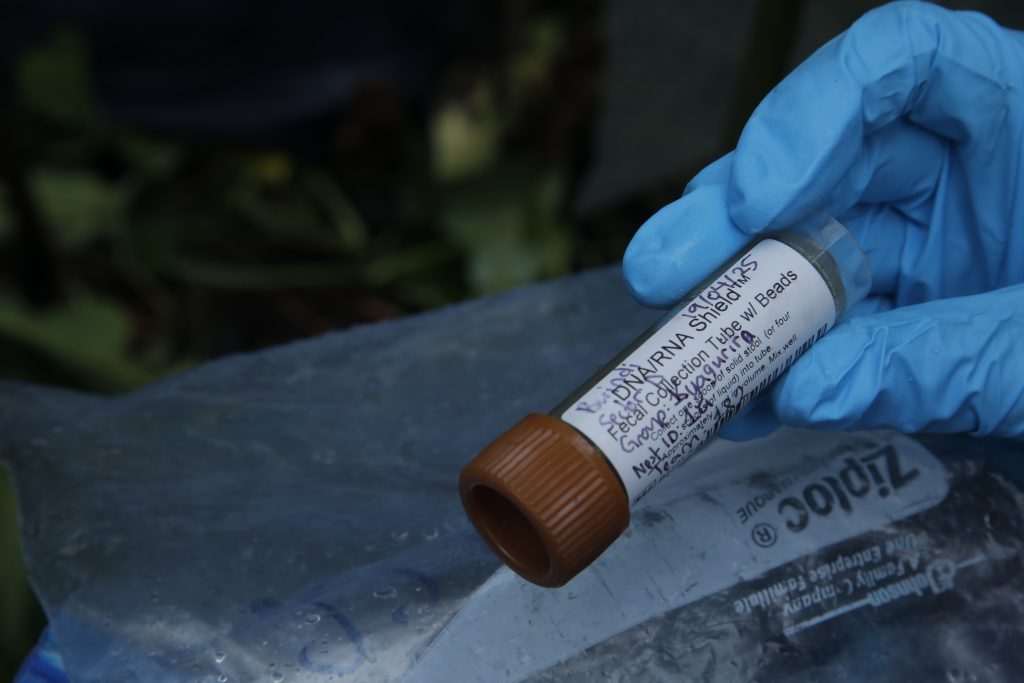
Apart from collecting gorilla fecal samples, the teams also collected information on human or illegal activities in the park e.g snares and beehives set up in the park, stake cutting and the presence of other wildlife sharing the habitat with the mountain gorillas. Eustrate Uzabaho, IGCP Field Officer and a census participant, says any presence of illegal activities affects the mountain gorillas negatively while the presence of other wildlife helps in showing the health of the ecosystem. Some animals can even influence gorilla movement in the park, so it is important to understand which ones are sharing a habitat with the gorillas.
Thanks to all the census participants, supporters and funders that have enabled a successful first sweep of the mountain gorilla census in the Bwindi – Sarambwe ecosystem. The second sweep is planned to start in September 2025.
The 2025 Bwindi-Sarambwe census is led by IGCP (a coalition of Conservation International, Fauna & Flora and WWF) and is conducted by the Protected Area Authorities in Uganda and the Democratic Republic of Congo (Uganda Wildlife Authority and l’Institut Congolais pour la Conservation de la Nature) under the transboundary framework of the Greater Virunga Transboundary Collaboration. Other institutions supporting and participating in the census include Max Planck Institute for Evolutionary Anthropology (MPI), The Dian Fossey Gorilla Fund (DFGF), Institute of Tropical Forest Conservation (ITFC), Gorilla Doctors/Mountain Gorilla Veterinary Project (MGVP), Conservation Through Public Health (CTPH), Wildlife Conservation Society (WCS), WWF Uganda Country Office, Bwindi Mgahinga Conservation Trust (BMCT), and Primate Expertise (PEx).
